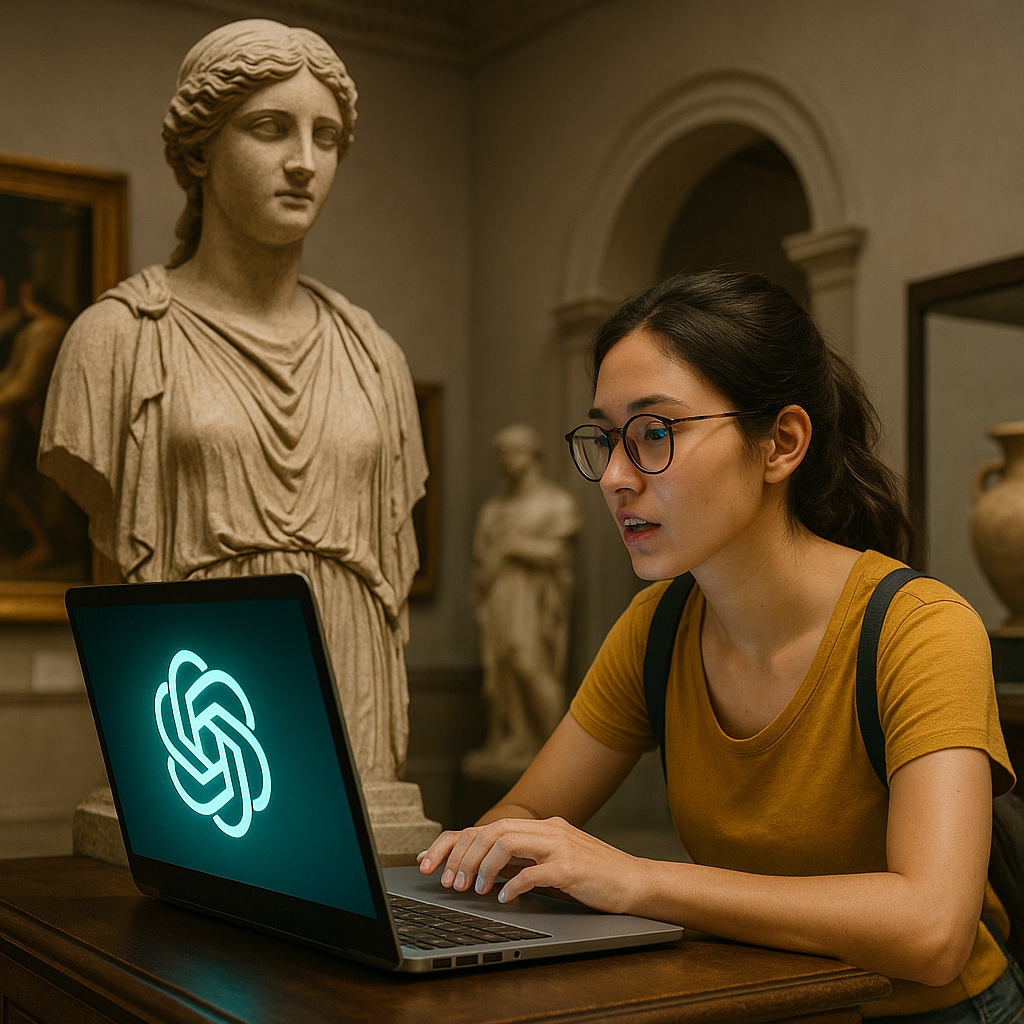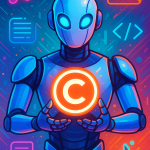Artificial Intelligence (AI), especially large language models like GPT, is playing an increasingly vital role in preserving and revitalizing the world’s cultural heritage. Through digitization, reconstruction, and immersive storytelling, GPT offers tools for historians, museums, educators, and communities to protect and reimagine traditions, artifacts, and histories that might otherwise be lost.
In an age when climate change, war, neglect, and time threaten tangible and intangible cultural treasures, AI emerges not just as a preserver of the past but as a creative partner in how history is remembered, shared, and understood.
Digitizing and Interpreting Historical Documents
One of the most promising applications of GPT in heritage work is its ability to support the digitization and interpretation of old manuscripts and inscriptions. Many of these documents are fragile, written in outdated languages or dialects, and require careful translation and contextualization. GPT models trained on historical corpora can help transcribe, translate, and even reconstruct damaged or incomplete texts.
In projects involving ancient Greek, Latin, Arabic, Sanskrit, and Indigenous scripts, GPT can fill in gaps, suggest probable meanings, and support linguistic experts in restoring the integrity of ancient documents while preserving authenticity.
Virtual Tours and AI Storytelling
Many museums and heritage institutions are embracing GPT-powered virtual tours. Unlike static audio guides, these AI-powered narrators can provide personalized explanations, answer visitor questions in real time, and adjust the content depending on the visitor’s interest or age.
Imagine walking through a 3D reconstruction of ancient Babylon while a virtual AI guide explains the symbolism of each artifact, contextualizes it within its time period, and even interacts with the user through dialogue — offering a level of immersion never before possible.
Reconstructing Forgotten Narratives
Throughout history, many stories have been lost — particularly those of marginalized communities. GPT models, when trained on oral histories, regional texts, and multilingual datasets, can help recreate plausible historical narratives. This is especially important for regions where written documentation is sparse or biased by colonial perspectives.
By analyzing patterns in oral traditions, folklore, and local archives, GPT can help communities reclaim their heritage and fill historical gaps with stories that align with their cultural memory and values.
AI for Preserving Endangered Languages
Language is a fundamental part of cultural identity, and many languages are on the brink of extinction. GPT can be trained on endangered language datasets to generate new educational material, assist in pronunciation, and preserve traditional stories in digital format. Some projects are using GPT to create children’s books or digital dictionaries for minority languages.
In this way, AI becomes a linguistic lifeline, keeping ancient voices alive and accessible for future generations.
Generating New Cultural Experiences
Beyond preservation, GPT is also helping artists and historians reimagine the past. With the help of AI, creators can generate speculative art, music, and literature based on traditional styles — blending past and future into a new form of digital expression. For instance, AI-generated poems inspired by Sufi mysticism, or music modeled on indigenous rhythms, can bring ancient forms to new audiences in interactive and innovative ways.
Ethical and Ownership Considerations
Despite its potential, using AI in cultural heritage requires caution. There are valid concerns about bias, misrepresentation, and cultural appropriation. Who owns the AI-generated interpretation of a sacred myth? How can institutions ensure that the digitization process respects the rights and wishes of descendant communities?
Collaboration with local stakeholders, cultural experts, and community leaders is essential. AI must be treated not as a final authority, but as a tool in the hands of those with cultural ownership and ethical responsibility.
Conclusion
GPT and AI technologies are reshaping how we preserve and engage with cultural heritage. From digitizing ancient manuscripts to recreating historical experiences, AI enhances our ability to understand and celebrate human history. When guided by ethics, collaboration, and respect, AI becomes a powerful force for education, preservation, and cultural storytelling — helping the past find its voice in the future.
New Horizons in Heritage: How GPT is Giving the Past a Digital Future



This really help all hystorykans!👍👍
hope tech’s gotta serve us, not rule us😀
lol ai history preserving? sounds sus 👎
Well, better dis than nothin at all. 😂
ai saving culture? pfft 🙄 who asked? 😅
Well it aint YOU, that for sure. 💀